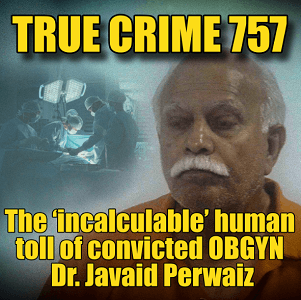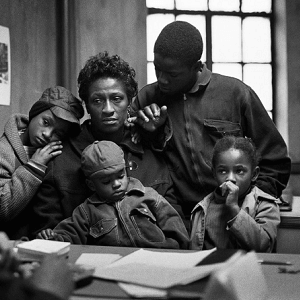For three decades, the predominantly Black community in northeast Wichita, Kansas, has faced severe health risks due to contaminated groundwater. In 1994, officials discovered trichloroethylene (TCE), a carcinogenic chemical, in the groundwater beneath this historically Black neighborhood. The contamination originated from a spill at a nearby Union Pacific train yard, potentially occurring years or even decades earlier. Despite the known dangers of TCE, which include cancer and fetal heart development issues, it took Kansas environmental officials until last year to finalize a remediation plan.
Local resident Kiah Duggins, born the year the spill was discovered, played a crucial role in pressuring the state to study the health effects of the contamination on her community. Her activism highlights the importance of engaged residents in addressing local environmental issues. Unfortunately, the city of Wichita recently withdrew from a $3 million climate justice grant from the Environmental Protection Agency, which would have funded educational and community-engagement activities in minority neighborhoods. This decision leaves the community without crucial resources to combat environmental pollution and climate change challenges.
The history of industrial pollution in Wichita is extensive, with another contaminated area known as the North Industrial Corridor. This site, also polluted with TCE and other carcinogenic solvents, is located near Black and Brown neighborhoods. Declared an EPA Superfund site in 1990, the state took over cleanup responsibilities a few years later. Despite these efforts, the legacy of industrial pollution continues to impact the health and well-being of Wichita’s minority communities.
Wichita State University recently became home to one of 17 Environmental Justice Thriving Communities Technical Assistance Centers, funded by the EPA and the Department of Energy. This center aims to remove barriers and improve accessibility for communities with environmental justice concerns across Kansas and three other Midwestern states. However, the center’s broader focus means it won’t solely address the specific needs of Wichita’s Black and Brown neighborhoods.
See “30 Years of Toxic Water: How Wichita Failed its Black Community” (November 25, 2024)



